
Black Widow is unique because her story expertly combines the world of international espionage with the high stakes of being a superhero. Whether in the comics or the Marvel Cinematic Universe, Natasha Romanoff consistently demonstrates skills – like her knowledge of languages, spy techniques, and hand-to-hand combat – that are just as impressive as those of her teammates with obvious superpowers. Her past connects important events like Cold War programs, S.H.I.E.L.D. operations, and missions with the Avengers, establishing her as a crucial character in both spy stories and plots to save the world. She’s a vital link connecting these different narratives.
Aside from her missions, the character is fleshed out by specific tools, groups, and relationships that give her complexity. Things like the Red Room, the Widow’s Bite, S.H.I.E.L.D. dossiers, and connections with characters such as Clint Barton and Yelena Belova all contribute to a profile based on proven training and consistent strategies, not just mystery. The ten points listed below detail the specific elements that make Black Widow successful both in comics and in movies.
Red Room Conditioning and Origin
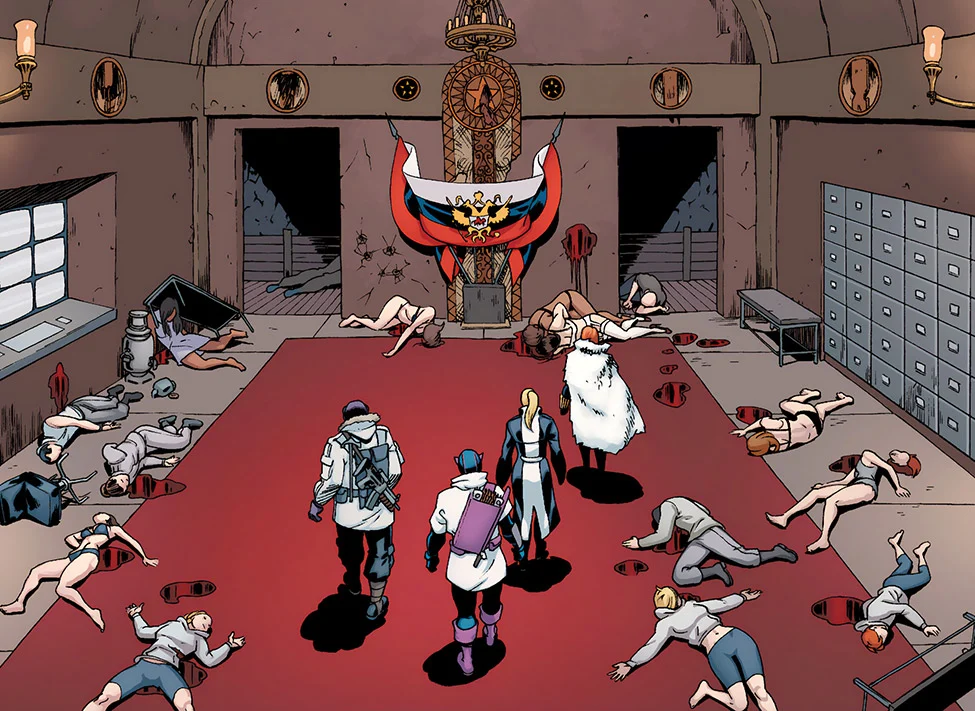
Natasha Romanoff’s history is deeply connected to the Red Room, a secret Soviet program that took young girls and trained them to be spies and assassins. Official sources detail how the program used psychological manipulation, created fake identities for the girls, and provided them with thorough education in areas like languages, weapons, and sneaking into secure locations. Those who completed the training received expert instruction in combat and spy skills, allowing them to work undercover for long periods, manage contacts, and survive even when facing strong opposition and counter-intelligence efforts.
The program used a mix of traditional classroom learning and realistic, practical training – including live-fire drills, practicing how to avoid being watched, and testing performance in simulated missions. Evidence suggests the Red Room employed handler supervision, techniques to alter memories in certain versions of the story, and provided all “Widow” operatives with the same standard equipment to maintain consistent operations across the globe.
S.H.I.E.L.D. Defection and Clearance

Following her time as an operative in the Red Room, Romanoff left and received authorization from S.H.I.E.L.D.. This involved a thorough review of her background, questioning, and a formal assignment to new missions. Records show she worked alongside other agents on a variety of operations – including recovering items, fighting terrorism, and preventing the spread of weapons – demonstrating that S.H.I.E.L.D. leaders had complete confidence in her abilities.
In practice, her activities are tracked and supported by S.H.I.E.L.D. resources – including secure locations, private communications, supply routes, and aircraft – allowing her to travel between operational areas efficiently. Her past roles show she’s moved from working alone on missions to leading teams and collaborating with other agencies, always following established rules and working under supervision.
Hand-to-Hand Systems and Mobility
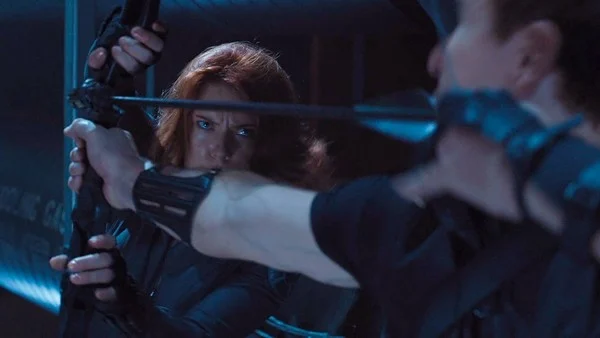
As a big fan, I’ve always been impressed by Black Widow’s fighting style! It’s a really cool mix of judo, sambo, and acrobatic moves. She doesn’t just rely on power; she’s all about technique. You consistently see her in the comics and in the fight scenes doing things like hip throws, leg scissor takedowns, and triangle chokes. What’s really neat is how she uses her opponent’s momentum against them, instead of just trying to overpower them. It makes perfect sense that her skills are ideal for fighting in tight spaces – think corridors, rooftops, or even inside vehicles. It’s a really smart and effective style!
She combines those systems with precise movement – like rolling to recover, running on walls, and rappelling down – ensuring entries and exits are as quick and seamless as her takedowns. This method minimizes the time it takes to neutralize threats and keeps things quiet, which is why she often completes missions without setting off a major security alert.
The Widow’s Bite and Integrated Gear
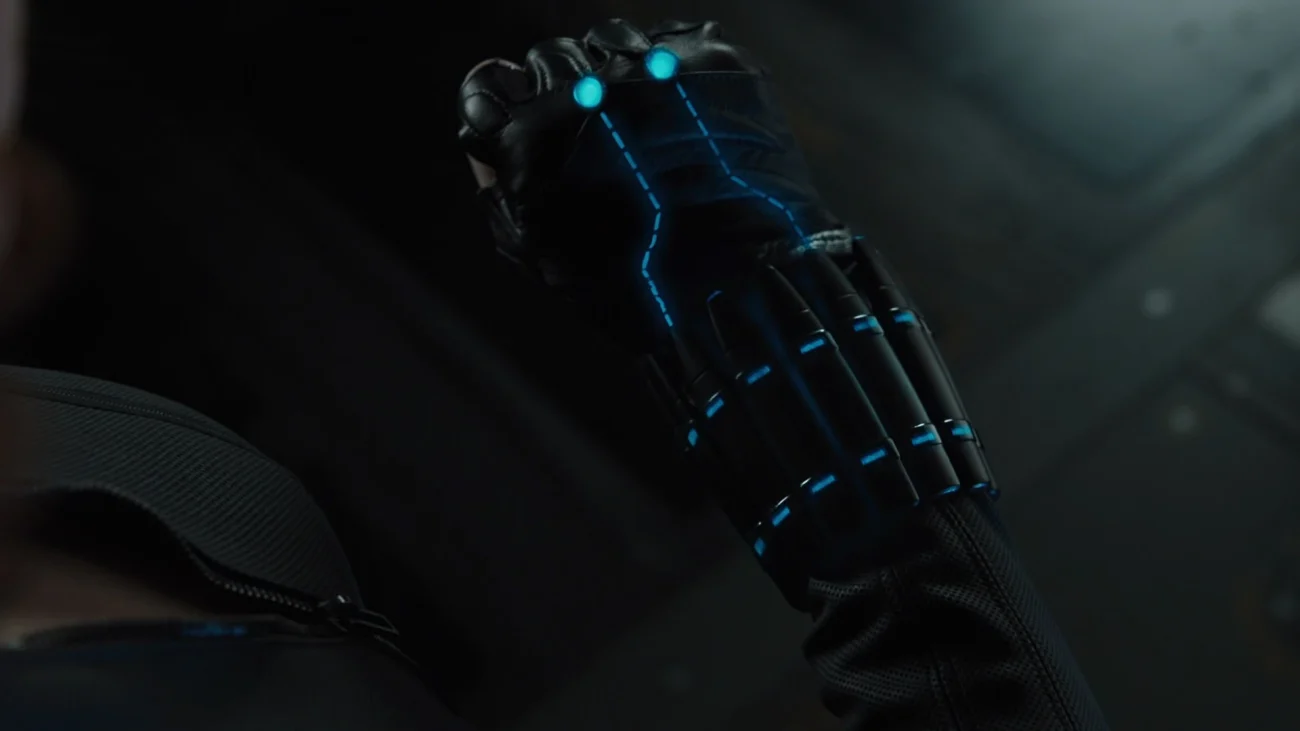
The Widow’s Bite is a wrist-worn device that delivers an electric shock to disable enemies and interfere with electronics nearby. It’s shown to have adjustable power levels, allowing it to stun people without causing serious harm and create powerful surges that can damage unprotected devices. The gauntlets that hold the Bite also function as attachment points for small projectiles like darts and other tiny gadgets. It’s a versatile tool for both incapacitation and electronic disruption, offering a range of engagement options. More information can be found on the product page.
She typically carries small pistols, batons that can connect to form a staff, a line for quick rappelling, and magnetic grappling tools. Her equipment is designed to be adaptable: parts can be attached, folded away, or changed to fit the needs of each mission. This lets her quickly switch between stealthy infiltration and direct combat without needing to completely change her gear. Modularity is key.
Multilingual Communication and Social Engineering

Natasha Romanoff, also known as Black Widow, frequently demonstrates her ability to speak many languages – including Russian, and various European and Asian languages – for different purposes. She uses this skill to question people, blend in with locals, and review important documents. Being fluent in multiple languages allows her to oversee operations, gain necessary access, and analyze information quickly, avoiding delays caused by translation that could risk the mission’s timing.
She combines her strong language abilities with social engineering tactics-like creating false pretenses, subtly gathering information, and using believable cover stories, often backed by fake or stolen credentials. We see these methods used in comics and movies, where she bypasses security systems not through brute force or hacking, but by convincing people with access to willingly allow her in or share details.
Counter-Surveillance and Digital Tradecraft

Natasha trains to identify if she’s being followed, using things like mirrored surfaces, carefully timed movements, and narrow passages to either confirm or lose potential trackers. She changes her methods based on the city she’s in, utilizing bus or train transfers and deliberately misleading actions – called ‘burns’ – to shake off anyone watching her before continuing to her destination. She uses these techniques to identify and evade hostile surveillance before reaching her meetings.
When attacking systems, she prioritizes remaining anonymous. She does this by using secure, offline data transfers (air-gapped transfers), temporary devices (burner devices), and techniques to take over existing accounts (credential pivoting). The text shows her combining physical access – such as copying badge information or quickly tapping a terminal – with remotely stealing data. This approach helps her quickly gain access and exit the network, making it harder for investigators to trace her actions and understand how she got in.
Key Comic Foundations
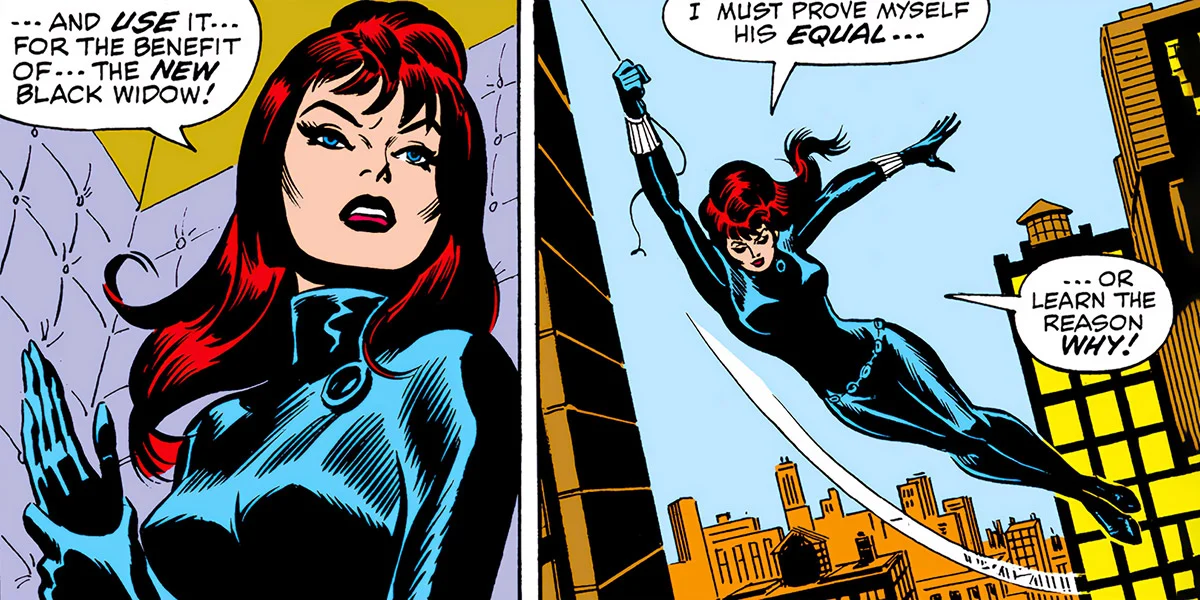
The character’s defining traits first appeared in comics like ‘Tales of Suspense’ and ‘The Avengers’. These stories showed her evolving from a villain into a helpful teammate and revealed her background in spying. These early issues set the stage for her future missions, partnerships, and improvements to her equipment and position.
Later solo adventures featuring Black Widow focus on her missions against criminal organizations, past supervisors, and dangerous nations. These stories document specific operations, her secret identities, and the enemies she faces, offering detailed examples of her techniques-like turning assets, building evidence, and precise eliminations-when she’s working alone, not with a team.
The Budapest Operation
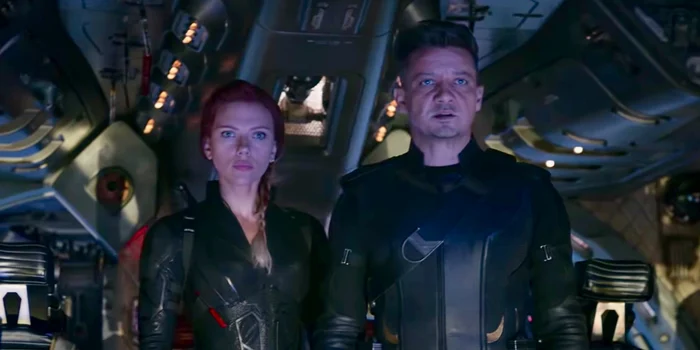
I always understood those mentions of “Budapest” to be about a really important, shared mission Natasha Romanoff had with Clint Barton. It sounds like they were working together for a long time, facing incredibly difficult and dangerous situations. From what I’ve gathered through conversations and later stories, it involved a lot of fighting in the city, constantly trying to outsmart powerful enemies, and ultimately, it really changed how her old handlers saw her – and how she stood with them. It was a turning point, clearly, and a huge deal for her.
In practical terms, the Budapest operation is described as a complex plan with several stages, including creating distractions, setting explosives, and carefully removing agents. It’s a significant achievement because it shows how she and Barton successfully carried out multiple, interconnected tasks – using decoys, causing sabotage, and ensuring clean escapes – all while keeping the risk to civilians in a crowded area to a minimum.
Family Ties and the Belova Connection

Natasha and Yelena Belova, both trained in the Red Room, share similar skills but sometimes clash during operations. Their experiences highlight variations in how different groups were trained and the beliefs they developed, especially regarding independence from their controllers and choosing their own missions after leaving the program.
I found the scenes with Melina Vostokoff and Alexei Shostakov particularly fascinating. They really fleshed out the idea of how these spies created and *lived* these incredibly detailed cover identities. It wasn’t just about disguises; it was about building entire lives – complete with official documents, friendships, and even the mundane performance of everyday family routines. This gave a much clearer picture of how someone could maintain a false identity for years, and how deeply embedded these ‘legends’ could become. It’s a clever look at state-sponsored operations and how they leveraged the idea of ‘family’ as a long-term, believable facade.
The Vormir Mission and the Soul Stone
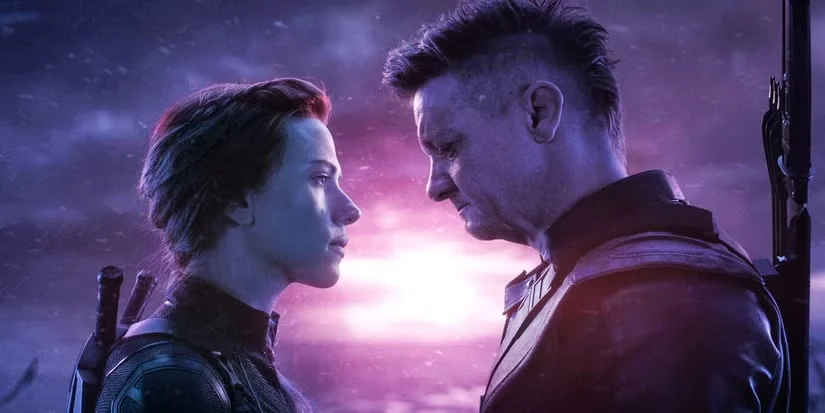
While the Avengers were time-traveling, Romanoff was sent to get the Soul Stone. This mission was difficult because it required a sacrifice – a life had to be given to obtain it. The rules stated that it needed a team of two, someone to evaluate the situation in person, and ultimately, to fulfill the requirement of giving a life to complete the task.
Her work guarantees the stone reaches the main team, allowing them to begin fixing the widespread damage. The mission details highlight careful planning-choosing a safe path through dangerous areas, staying focused on the goal even with significant losses, and verifying the stone was successfully handed over so it could be used in the ultimate device.
Share your favorite Black Widow facts or story beats in the comments so everyone can compare notes.
Read More
- Gold Rate Forecast
- 📢 Guild Raid “Overkill Score” System Error and Temporary Adjustment to Season Ranking Calculation Notice
- Alibaba’s Labyrinthine Pursuit of Quick Commerce
- A Closer Look at Dividend-Admiring Medtronic Amidst the Robotic Surgery Boom
- Tariff Folly: A Stock Market Tragedy?
- Brown Dust 2 Mirror Wars (PvP) Tier List – July 2025
- If I Could Buy and Hold Only a Single Stock, This Would Be It
- The $1 Trillion Temptation: A Desperate Investor’s Guide to AI’s Abyss
- The Singular Reason to Buy Bitcoin Before the Close of 2025
- Dividend Dreams and the Delusions of Durable Income
2025-10-02 16:46